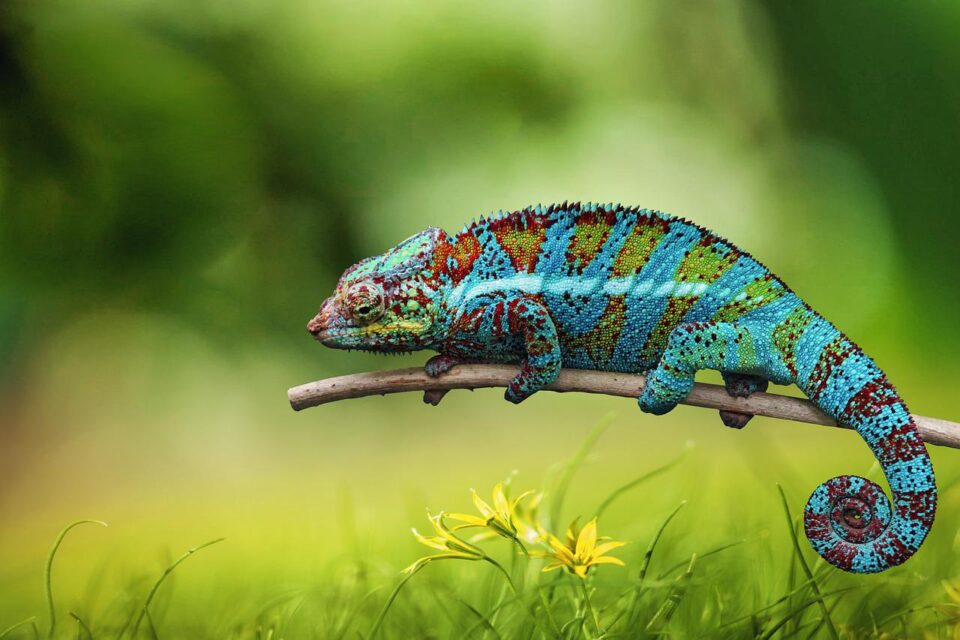LIZARD, LIZARD ON THE WALL

A shriek in the middle of the night has the capacity to cause a heart attack to the bravest of the Braveheart and I am certainly not one. Barefeet, I rushed to my daughters’ room to check their cause of distress. Both sat upright in their bed, mouths open wide and their eyes glued to the wall in front of them. I followed the direction of their eyes only to witness a pale-looking lizard coolly rolling its bulbous eyes totally oblivious of the commotion it had caused, flicking its forked tongue at a passing mosquito.
Every so often I come across people– men and women– who complain that they could not get a good night’s sleep because there was a lizard in their room. At times they whine that they could not use the bathroom since the lizard occupied it or they could not concentrate on their work or studies as a lizard hovered around their surroundings. A newly-wed couple had to seek assistance from the building’s security man to remove the reptile from the bathroom since both of them were afraid of it. Google Baba tells me that the fear of reptiles such as snakes and lizards is called Herpetophobia and people suffering from it can display a range of symptoms including palpitations, anxiety, panic attacks, and even nausea.
I have never abhorred the existence of such creatures and during their childhood, I tried my best that my children too should not feel any particular aversion towards them. In fact, when they were wee kids, I would often entertain them by pointing to the lizard on the wall and narrating stories concocted around it. I even christened it ‘Dodo’, after the extinct creature, to add a bit of zest to my often didactic tales. But over the years, they have developed a strong repugnance to their ‘childhood friend’ and can no longer withstand it. I wonder why and put it down to either of the two reasons– natural disinclination towards all slimy and crawling things or peer pressure, for many a time we involuntarily copy the actions or ideas of our peer group.
Being a teacher comes with its perks and one of them is that you can neither ignore the existence of creatures like mosquitoes, lizards, dogs, etc. nor can you jump with fright at their sight. They tend to pop up now and then in your classroom from behind the blackboard or the door or the window, from under the table or chair and there are times when a dog would straightaway walk into the room and claim its spot in a comfortable corner. At such times, you just ignore them and continue to teach nonchalantly, recalling Rumi’s words, “The art of knowing is knowing what to ignore.”
The world is full of dangerous and ferocious beasts, however, the deadliest of them is the man. Don’t believe, sample this:
A man can be-
As sly as a fox;
can turn turtle at the next available opportunity;
can change colours like a chameleon;
can be deceitful like a snake;
can turn as blind as a bat for his self-interest;
can fight like cats and dogs;
can be slippery as an eel when expected to stand for honour;
can be as proud as a peacock;
can ask for a lion’s share if he’s greedy;
can be pig-headed where obstinacy is concerned;
can sleep like a dog;
can weasel out of something to abandon his responsibility;
can be a bull in a China shop if not careful;
can be a fish out of water and
can be as stubborn as a mule.
When men have the innate quality to imitate the treacherous qualities of the animal kingdom, where does it leave the scope of a poor lizard on the wall to be dangerous? So the next time you see a lizard, don’t be afraid. Stand in front of it and ask,
Lizard, Lizard on the wall, who’s the scariest of us all?















